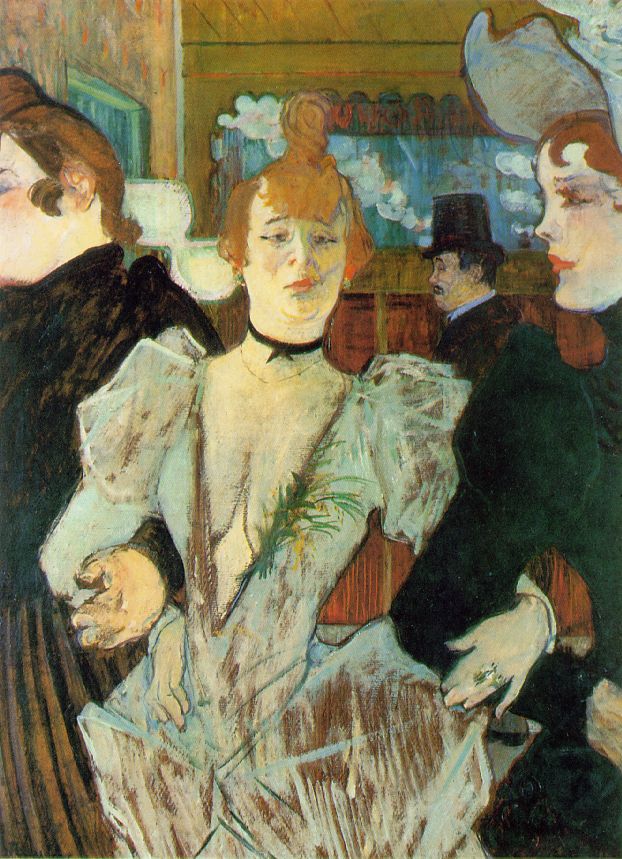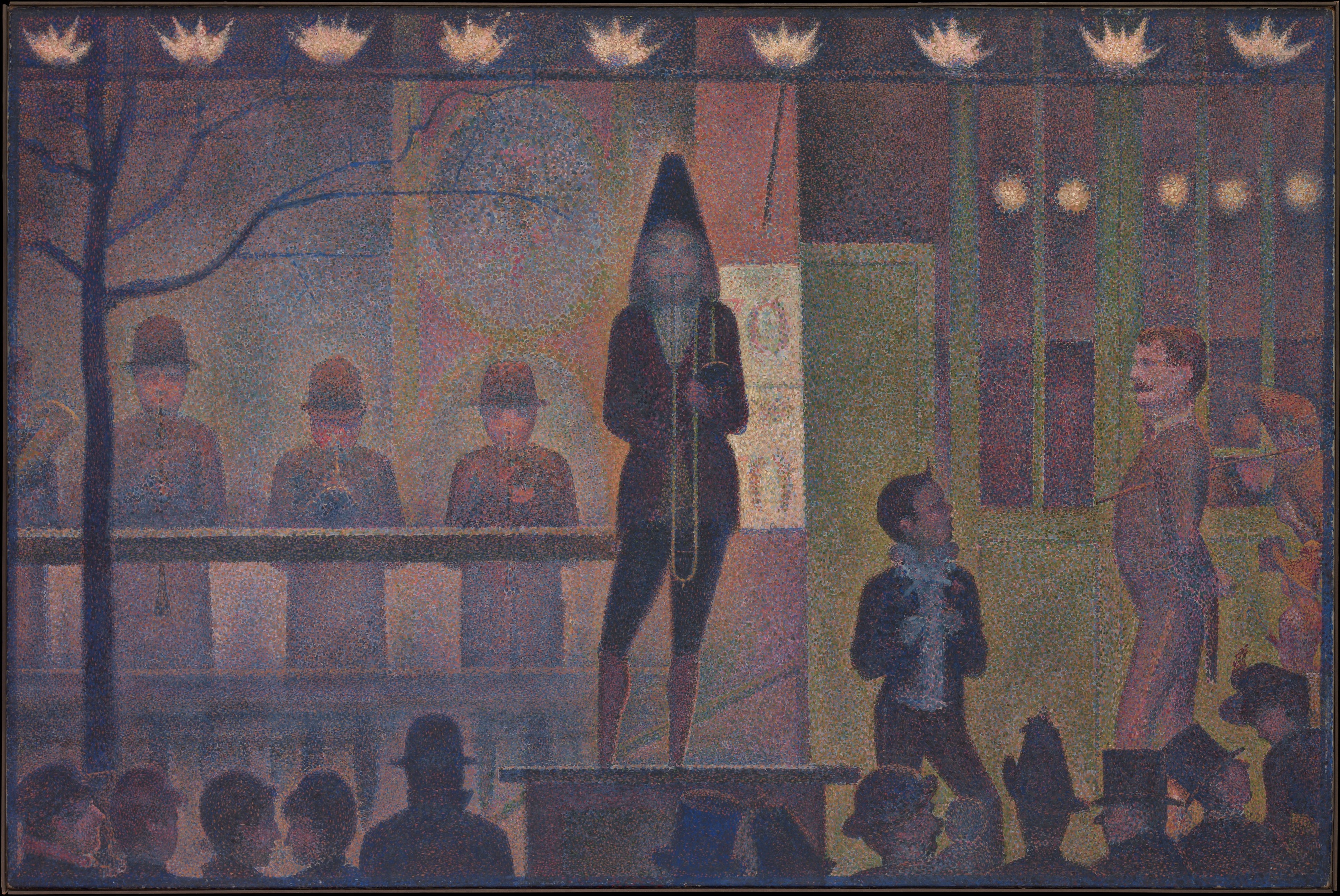 |
| Vincent Van Gogh, Painter on the Road to Tarascon, 1888 |
The Entartete Kunst exhibit (the Degenerate Art exhibit) showcased art pieces temporarily spared from the burnings that were meant to provoke greater disgust toward everything unlike the German vision, specifically the Jews. Once labeled as a degenerate artist you were not allowed to paint, a law enforced by Nazi soldiers who would visit artist’s homes. Of the artists deemed degenerate, Kirchner was a victim to Hitler’s strict and enthusiastic control over art within Germany.
Other victims include Ensor, Matisse, Picasso, and Van Gogh. Painted in 1888, the Painter on the Road to Tarascon depicts Vincent Van Gogh, a lonely traveler on an empty road. Thought to be one of most cherished pieces lost in the war, it fell victim to German theft, resulting in its doom. Though it is unknown exactly how it was destroyed, many believe it to be a casualty in the allied bombings of Germany during the war.



















_-_Jules_Breton.jpg)







